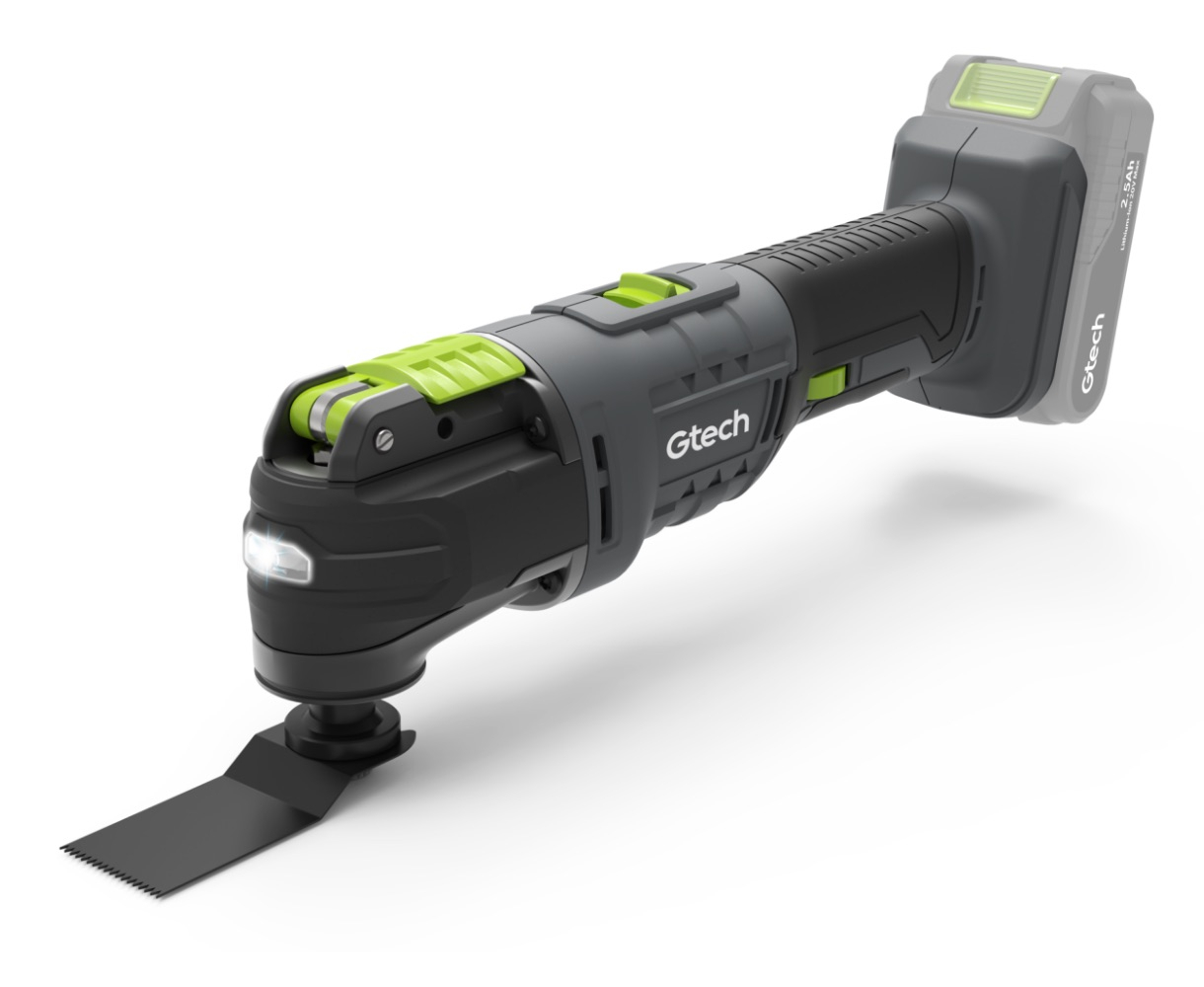In the world of construction, manufacturing, and DIY projects, hand tool equipment holds a pivotal role. These tools, often overlooked in favor of their more glamorous power tool counterparts, are the backbone of any successful project. This article aims to delve deep into the world of hand tool equipment, exploring their types, uses, and the latest trends in the industry.
Hand tool equipment refers to any tool that is manually operated and does not require a power source. They range from the simple, such as hammers and screwdrivers, to the more complex, like calipers and micrometers. Despite the advent of power tools, hand tools remain indispensable due to their precision, control, and versatility.
The first category of hand tools is cutting tools. This includes tools like saws, knives, and chisels. These tools are designed to cut through various materials, from wood and metal to plastic and ceramic. The choice of cutting tool depends on the material, the desired cut, and the level of precision required.
Next, we have driving tools, such as hammers, mallets, and screwdrivers. These tools are used to exert force on an object, either to drive it into another object (like a nail into wood) or to turn it (like a screw). The type of driving tool used depends on the force required and the delicacy of the operation.
Measuring tools, such as rulers, tape measures, and calipers, are essential for precision work. They ensure that cuts are made at the correct length, holes are drilled at the right depth, and components fit together perfectly. In recent years, digital measuring tools have become more prevalent, offering greater accuracy and ease of use.
Finally, we have gripping and clamping tools, like pliers, wrenches, and clamps. These tools are used to hold objects firmly, either to prevent movement during work or to apply force for tasks like bending or twisting.
In terms of trends, sustainability is a key focus in the hand tool equipment industry. Manufacturers are increasingly using recycled materials and implementing energy-efficient production methods. Additionally, ergonomic design has become a priority, with tools being designed to reduce strain and injury.
Another trend is the rise of multi-tools, which combine several functions into one tool. This not only saves space but also reduces the time spent switching between tools. Smart tools, equipped with digital features like Bluetooth connectivity and app integration, are also gaining popularity.
In conclusion, hand tool equipment is a broad and diverse field, encompassing a wide range of tools designed for various tasks. Despite the rise of power tools, hand tools remain essential due to their precision, versatility, and control. By staying informed about the latest trends and developments, professionals and DIY enthusiasts alike can ensure they have the right tools for the job.
